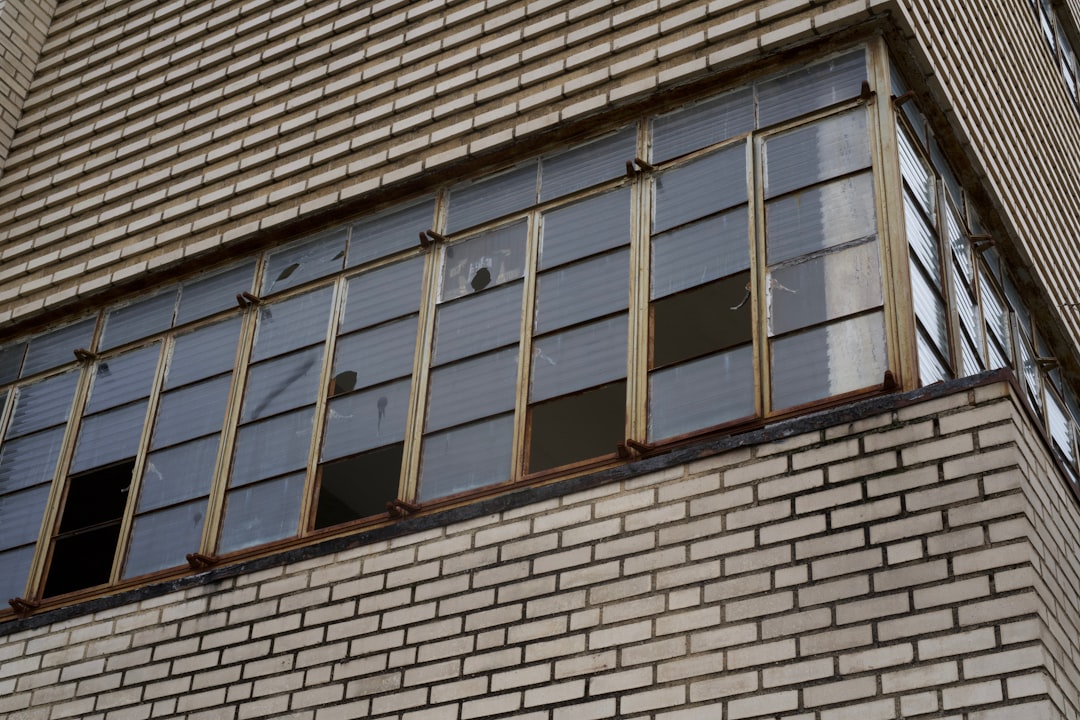Why Replacing a Window Well Matters for Construction Professionals
Window wells are essential for maintaining the integrity of basement windows by keeping soil at bay, directing water to drainage systems, and allowing natural light into dark spaces. When a window well deteriorates, the risk of water intrusion increases, leading to mold, structural damage, and energy inefficiency. For construction professionals, understanding the importance of timely window well replacement is crucial to maintaining building integrity. Costs for replacement can range from $3,600 to $4,200 depending on materials and location.
Five Clear Signs You Need to Replace a Window Well
- Rust or rot visible on the steel or timber ring
- Standing water lingering more than 24 hours after rain
- Crumbling concrete or gaps between well and foundation wall
- Window sash unable to open due to inward-leaning well
- Musty odors or peeling paint inside the basement directly behind the window
Understanding Material and Cost Variables
Galvanized Steel vs. Polycarbonate
Galvanized steel is durable but requires regular rust protection. Polycarbonate offers a modern look and lightweight installation, though it may not withstand extreme soil pressure. Evaluating soil type, grade elevation, and frost depth is essential for selecting the optimal product.
Drainage Upgrades
Replacing a window well without addressing drainage is ineffective. Ensure gravel depth, perforated piping, and filter fabric are included in your plans.
Labor Rate Fluctuations
Labor rates vary significantly by location. Use real-time data to ensure your estimates reflect local conditions accurately.
Streamlining the Window Well Replacement Process
Voice-Activated Scoping
Utilize voice-activated tools to convert notes into a quantified scope quickly and efficiently.
Instant AI Estimates
Generate complete material lists, task breakdowns, and cost summaries instantly with AI-driven tools.
Blueprint Takeoffs
Upload architectural drawings to automatically mark existing wells, highlight new locations, and calculate excavation volumes.
E-Signature Ready Proposals
Create polished proposals with digital signatures to streamline client interactions.
Step-by-Step Field Procedure
- Excavate soil 8-12 inches beyond the existing well perimeter and down to footing level.
- Detach the old well, inspect the foundation wall for cracks, and seal as required.
- Compact a 4-inch gravel base to promote drainage and level support.
- Set the new well, ensuring flange edges sit flush against the wall and anchor with corrosion-resistant fasteners.
- Install a perforated drain tile connected to the footing drain, then backfill with washed gravel up to 6 inches below grade.
- Finish with topsoil, slope away from the house, and add a clear cover for debris protection.
Pro Tips for Construction Professionals
- Confirm window egress code requirements—New York City mandates a minimum 9 sq ft clear opening.
- Pre-drill steel wells to prevent enamel chipping and future rust spots.
- Use geotextile fabric between gravel and soil to prevent silt blockage.
- Add LED well lighting and a ladder for enhanced safety and resale value.
- Document every stage with photos for transparent client updates.
Real-World Success: Brownstone Basement Revival
A Brooklyn homeowner faced persistent leaks around a 1950s steel well. A reinforced polycarbonate well was selected to counteract high salt exposure, with a forecasted cost of $3,950. The final invoice matched within 1.8%, reinforcing client trust.
Next Steps
Ready to replace window well assemblies with confidence? Visit CountBricks.com for more information.
Digging Deeper: Cost Breakdown and Scheduling Insights
Replacing a standard 36 in × 24 in galvanized steel window well in New York averages $3,600–$4,200. Understanding cost drivers helps professionals budget effectively.
Key Cost Drivers
- Excavation and disposal: Tight urban lots often require hand digging and soil removal fees.
- Material selection: Polycarbonate or stone veneer wells can add 15%–30% but boost curb appeal.
- Drainage enhancements: Adding new drain tile and gravel typically represents 12% of total cost.
- Permitting and inspections: Certain boroughs require minor alteration permits, adding administrative time.
Scheduling Realities
- Lead time: Mobilize within five business days with live material inventory feeds.
- On-site duration: Most replacements finish in two or three days, weather permitting.
- Final walkthrough: Review anchoring, drainage, and cover installation with the homeowner before closing the job.
Why AI-Driven Estimating Beats Spreadsheets
- AI pricing pulls from over 40 regional suppliers every hour, eliminating manual update errors.
- Automated waste factors ensure you order the right amount of materials.
- Integrated scheduling suggests crew sizes to fit your timeline, preventing idle labor days.
Client Spotlight: Queens Duplex Upgrade
A duplex owner needed to replace window well pairs before finishing a rental basement. Digital takeoffs flagged a conflicting utility line early, saving an estimated $1,150 in change orders.
Book Your AI-Enhanced Estimate
Visit CountBricks.com to see how voice-powered estimating and real-time pricing deliver efficient replacements.

